Court Denies Injunction in Competitive Keyword Ad Lawsuit–Nursing CE Central v. Colibri
Technology & Marketing Law Blog
AUGUST 30, 2023
For example, 9th Circuit courts used the “Internet trinity” factors in the 2000s, and then switched in 2011 to a unique four-factor test from the Network Automation. ” Marketing channel. 1-800 Contacts * FTC Explains Why It Thinks 1-800 Contacts’ Keyword Ad Settlements Were Anti-Competitive–FTC v.

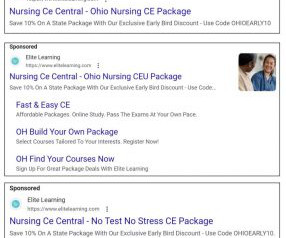
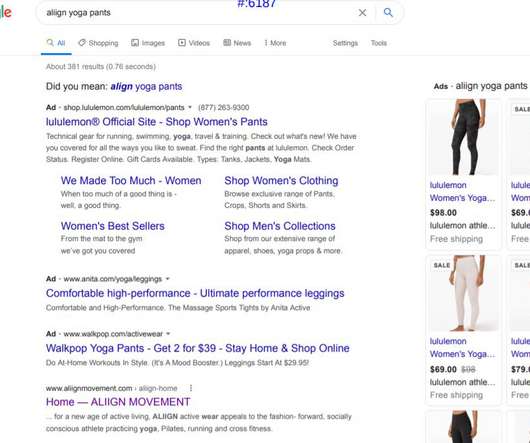
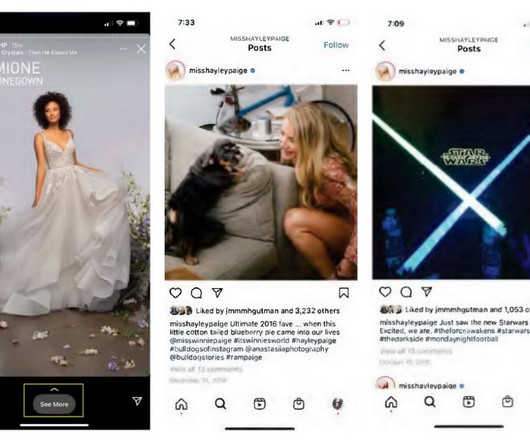
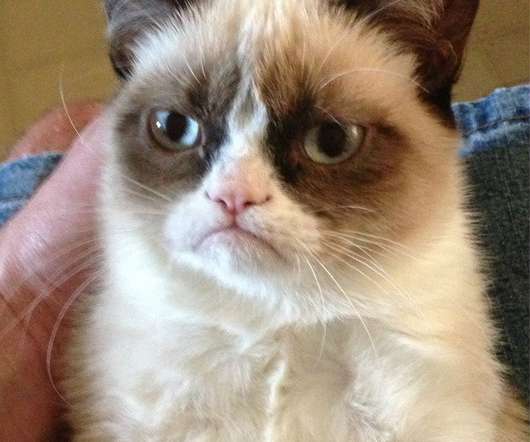
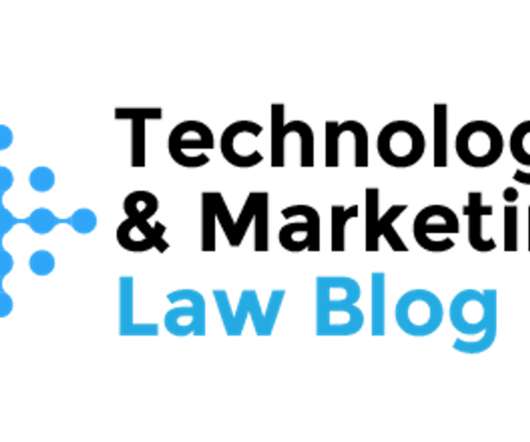






Let's personalize your content